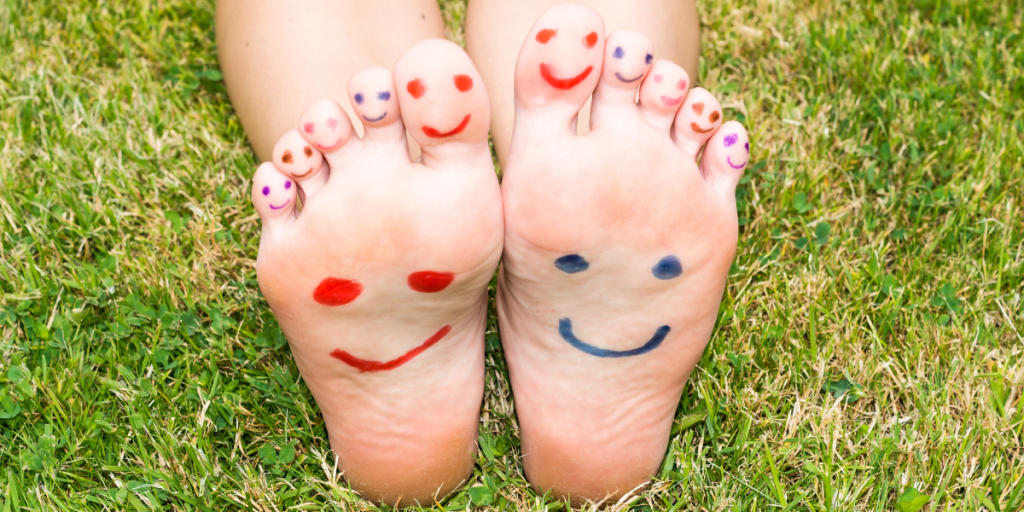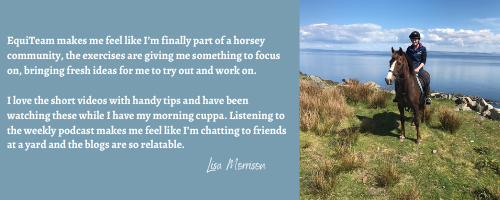Common feet problems
We spend so long making sure our horse’s hooves are looked after – but what about our feet?
Footcare Scotland share some common issues that equestrians often ignore!
We see many types of sportsperson in the clinic, for a myriad of foot related problems and equestrians are no exception. Whether its problems from being stood on by a 500kg horse, to a musculoskeletal issue making rising trot painful, we have you covered.
Let’s take a look at the most common issues, what you can do yourself to prevent or treat them and when to seek professional help from a podiatrist.
Ingrown or damaged toenails
Probably the most common thing we hear from equestrians is that they have been stood on by a horse and now have a damaged nail or ingrown toenail as a result. It goes without saying that wearing protective shoes or boots can help minimise damage but when the damage has been done, what can you do?


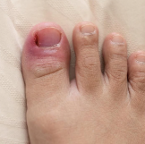
For recent injury where there is bruising or the nail has become loose: bruised nails can take months to grow out and may become loose or detach over time. If a nail is loose and catching on socks or bedclothes, you can trim it carefully or use some tape to secure it to prevent it being torn off.
If there is swelling, inflammation and pain then rinsing the toe in warm salt water and applying a clean dressing is a sensible approach, along with taking some pain relief. If a toe like this doesn’t settle down within a few days or starts to get worse, it’s time to see a podiatrist as the nail may have pierced the skin and require treatment. It may also require a short course of antibiotics if there is infection present.
Occasionally the nail may require a small surgical procedure which we can carry out, pain free, using some local anaesthetic.
Corns and callouses
Horse riding involves being on your feet a lot, on hard or uneven ground or with feet in stirrups. Pressure and friction from footwear can cause a build up of hard skin or corns which can become very painful.
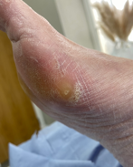
Whilst moisturiser and toe protectors can go some way to helping with these, often a visit to a podiatrist to have the callous or corns painlessly removed and advice on how to prevent them returning is the best option. A moisturiser with a urea content will help soften skin and mend hard and cracked heels. We like CCS used daily for it’s great absorption and ability to mend skin. It’s also great for chapped skin on hands.
Chilblains
Chilblains occur in wet and cold conditions where toes have gotten too cold and then heated up too quickly, resulting in purplish red sores which can be stingy and/or itchy. These usually last around 2 weeks and are best prevented rather than treated. Warm layers and not heating feet up too quickly once they are cold is the road to avoiding chilblains. Wetter winter weather in the UK has led to us seeing more of these in recent years.
A handy little product available online is Snowfire which helps to treat the symptoms if you suffer from these regularly.

Fungal infections
Sweaty or wet feet in riding boots can also create the perfect environment for fungal infections both in the skin and nails. Often referred to as athlete’s foot, this can present as an itchy rash or peeling skin commonly in between toes but can also occur around the edges of the foot, heel and in the arch.
Breaks in skin and damaged toenails make for easy access for dermatophytes (fungal spores) and infections can be spread person to person on bathmats and in changing rooms. Fungal infections in nails can make them brittle, discoloured and thickened. It is important to manage and treat fungal infections swiftly before they get worse.
Metatarsalgia (ball of foot pain)
Tight fitting riding boots and prolonged time in stirrups can put excessive pressure on the ball of the foot, leading to inflammation and pain. Metatarsalgia is a term to describe any condition that causes pain in the ball of the foot. People with metatarsalgia may describe pain to be like ‘walking on a pebble’ or may have more diffuse pain.
Things to try at home and when to see a podiatrist are described in this blog but a good starting point would be footwear and ensuring you are wearing boots that fit well and provide enough room across the ball of the foot and toe box.
Plantar fasciitis
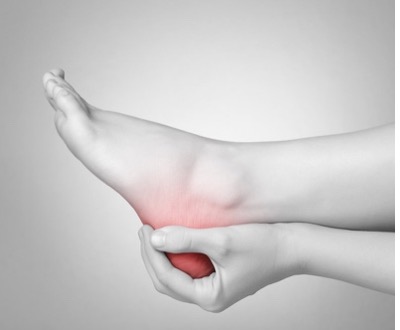
This condition is an irritation of the plantar fascia (the thick band of tissue along the bottom of the foot) is a common issue for equestrians. Lots of time on concrete or hard surfaces in stiff boots can lead to persistent heel pain.
Often characterised by first step pain when you get out of bed in the morning that eases off, people with plantar fasciitis regularly leave it quite a long time before seeking help which can lead to a worsening of the condition.
There are plenty of things you can do at home if you believe you have plantar fasciitis – check out one of several blogs on our website for self-treatment here.
If in doubt, or things are not improving, then book an appointment with a podiatrist.
Conclusion
Foot health is often overlooked in equestrian sports, but it plays a critical role in your riding performance and overall well-being. We wouldn’t hesitate to contact our farrier for our four-legged friends but struggle on with painful foot problems ourselves!
If you are experiencing with any foot health issue, not just limited to those listed in this blog, then consider scheduling an appointment with a podiatrist – you need your feet to be comfortable and healthy to continue with the sport you love.
Thank you to Footcare Scotland for this brilliant blog.
Get in touch with them here:
Footcare Scotland, 7 Atholl Place, Perth PH1 5ND (01738) 718777

